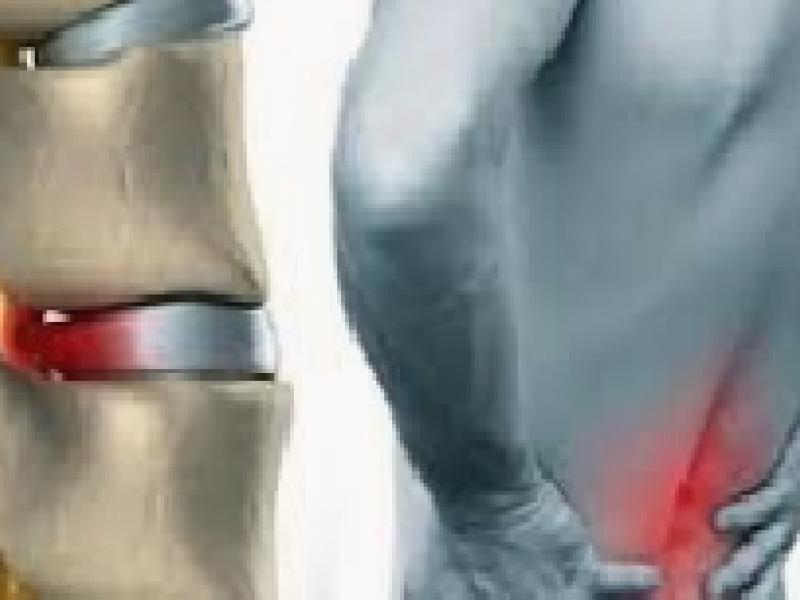
Low back pain is one of the most common complaints in societies. Our patients usually apply to our outpatient clinic with complaints such as sudden onset pain or persistent pain. Before the examination, we carefully make a detailed inquiry about their diseases to our patients. The situation is evaluated by asking questions about when the pain started, whether it is exacerbated from time to time, whether it increases gradually, whether it spreads to the back of the waist, between the hips, or to the leg. In the majority of our patients, pain begins after lifting a heavy load, a heavy exercise, or a fall. The pain increases when leaning forward, coughing, or when the foot is lifted into the air while lying down. In addition, the pain is usually relieved by resting or bending forward. In the examination of our patients, limited back movement, pain and numbness in the legs, loss of strength, frequent urination, urinary incontinence or loss of sexual function are observed in very advanced stages. After a detailed examination, tests such as direct x-rays, lumbar MRI (Lumbar MRI), tomography and EMG are requested in the appropriate order to our patients who come with this complaint. In patients with a clear diagnosis, rest, pain relief, physical therapy and surgery are recommended for treatment. If the patient has neurological loss such as urinary incontinence, loss of strength in the progressive leg, foot, or unbearable pain (not responding to morphine), surgery should be performed. Apart from these, surgical treatment is superior in leg pains that do not go away with drug treatment for 4-6 weeks, pain accompanied by pain, and those with a large ruptured hernia in the MRI (Lumbar MRI). However, for pain other than these, the patient should be evaluated well and non-surgical medical treatments should be applied. The surgical technique is to perform microsurgery through a microscope from an area of approximately 2-3 cm from the back of the waist. Thanks to the microsurgery method, the hernia is removed and the nerve is relieved. The patient is carried out after the operation and is sent home the next day. After 1 week, our patients are called for control and the wound is looked at. Again, one week after the surgery, he can have sexual intercourse, provided that he is passive. Our patients are allowed to return to work from the 3rd week if their work is light, and from the 6th week if their work is heavy.

